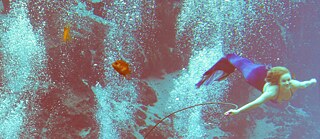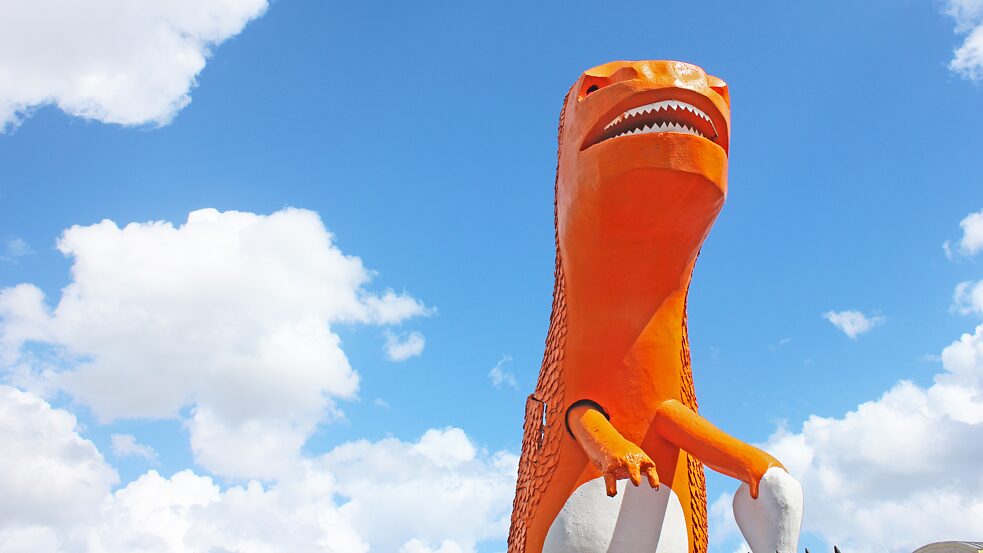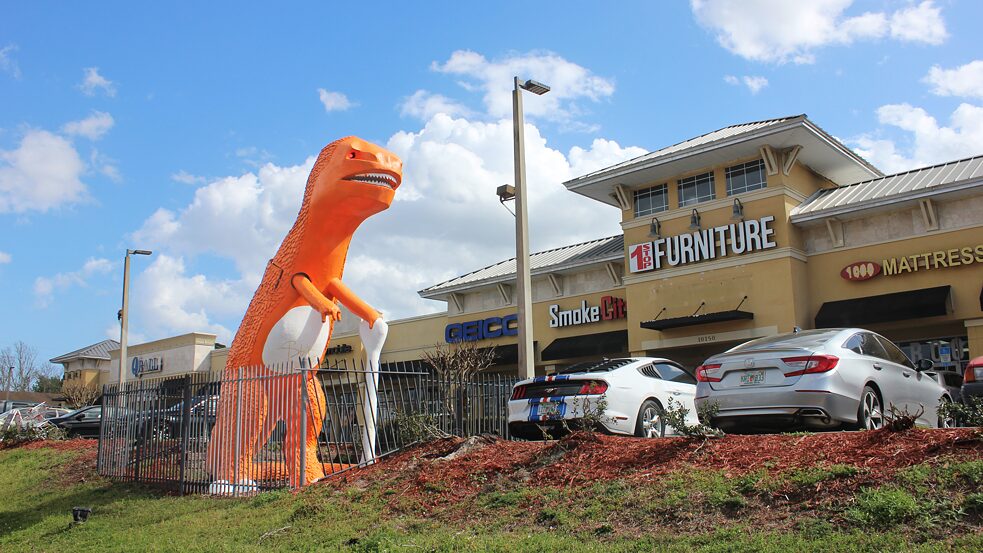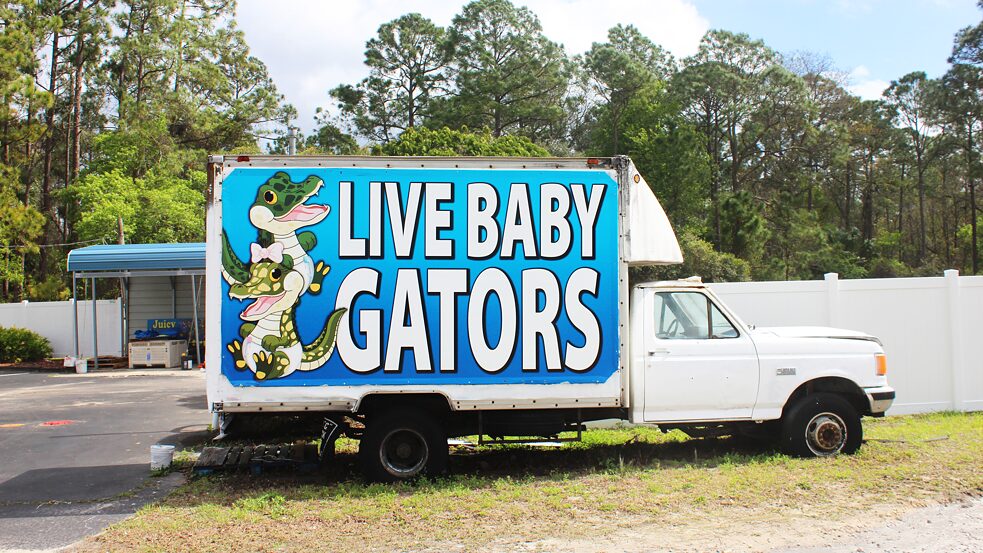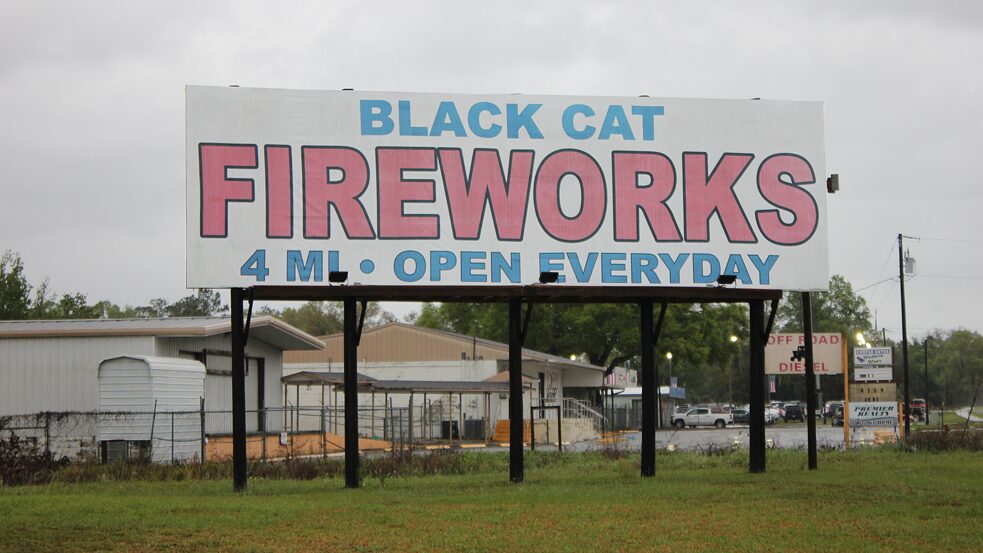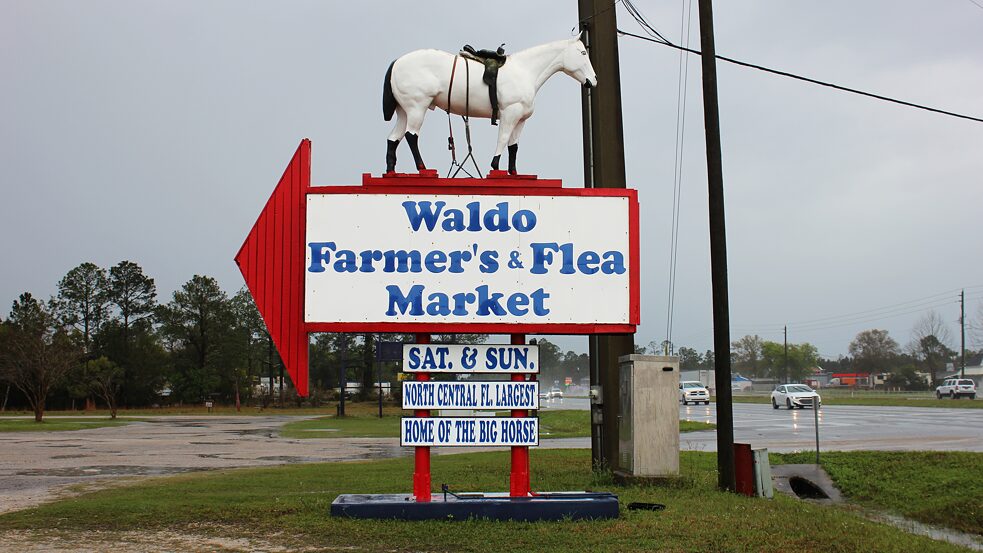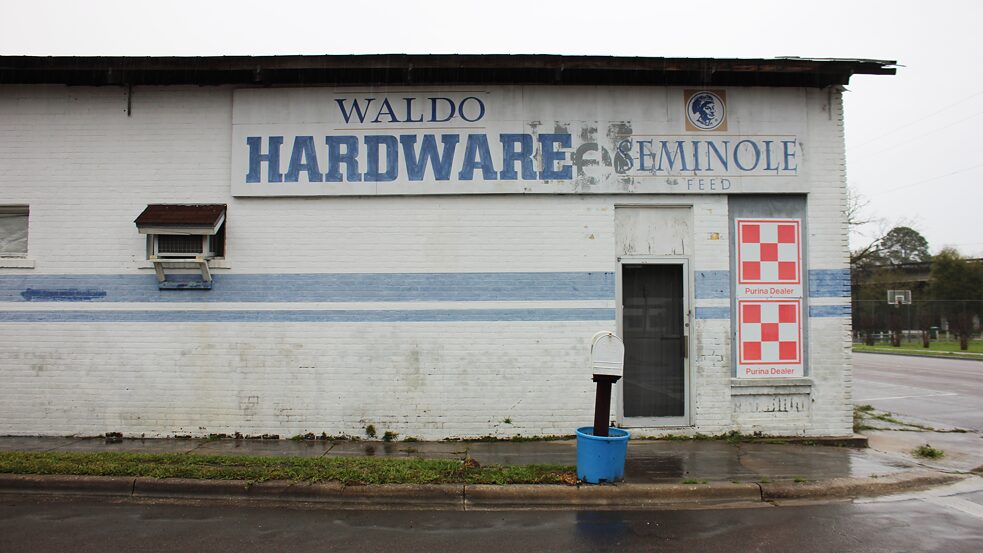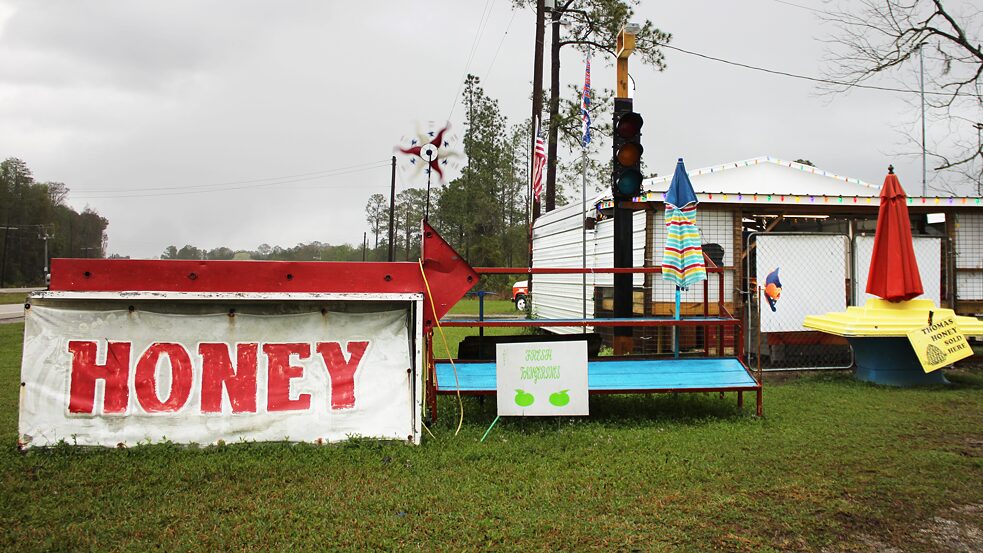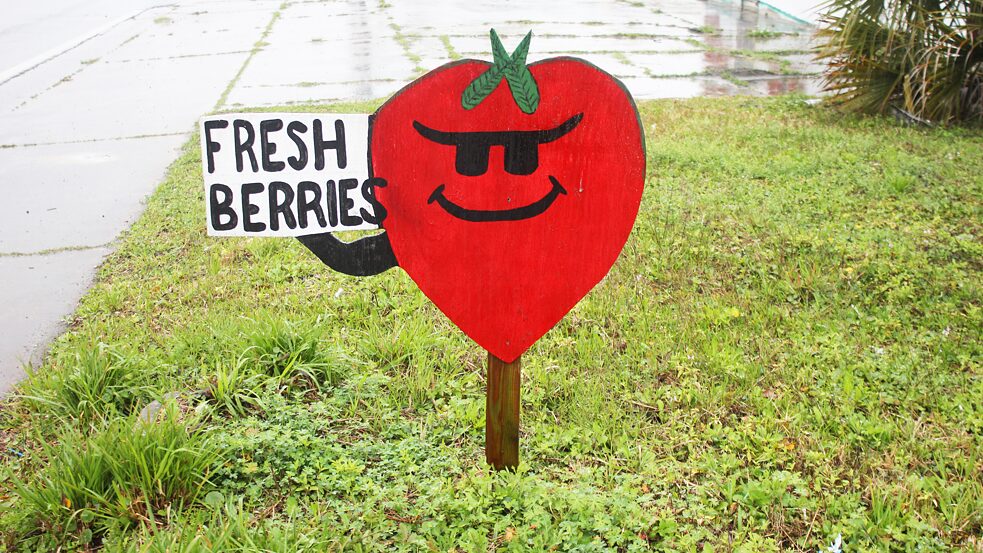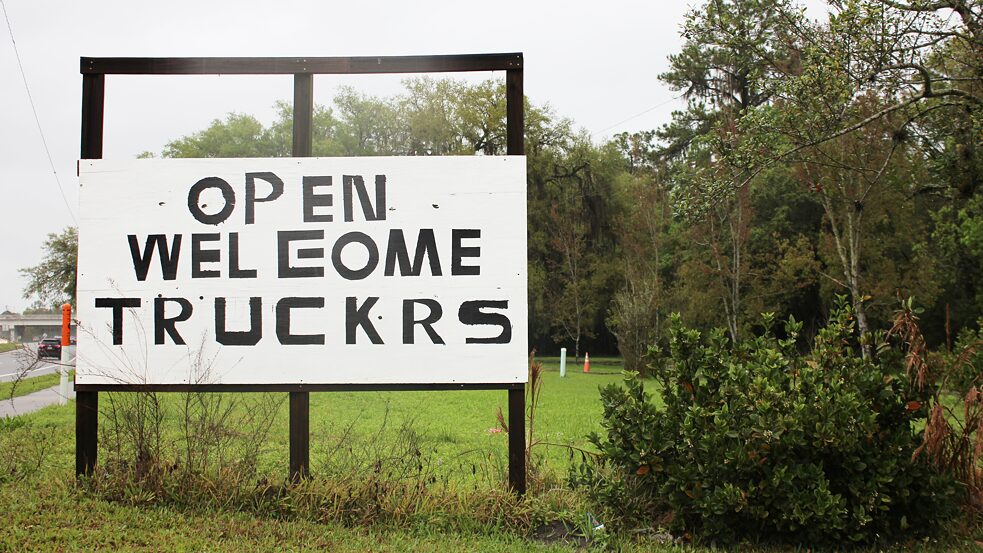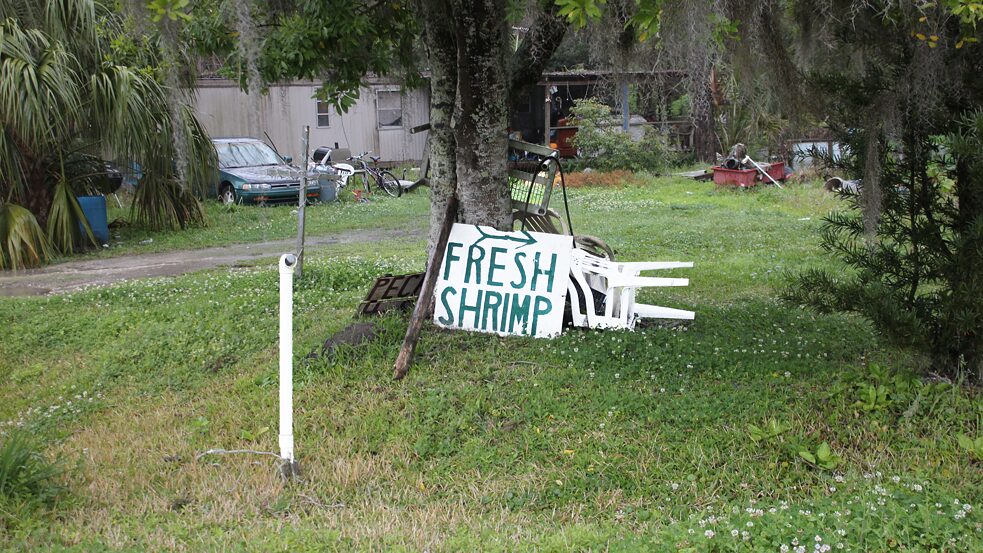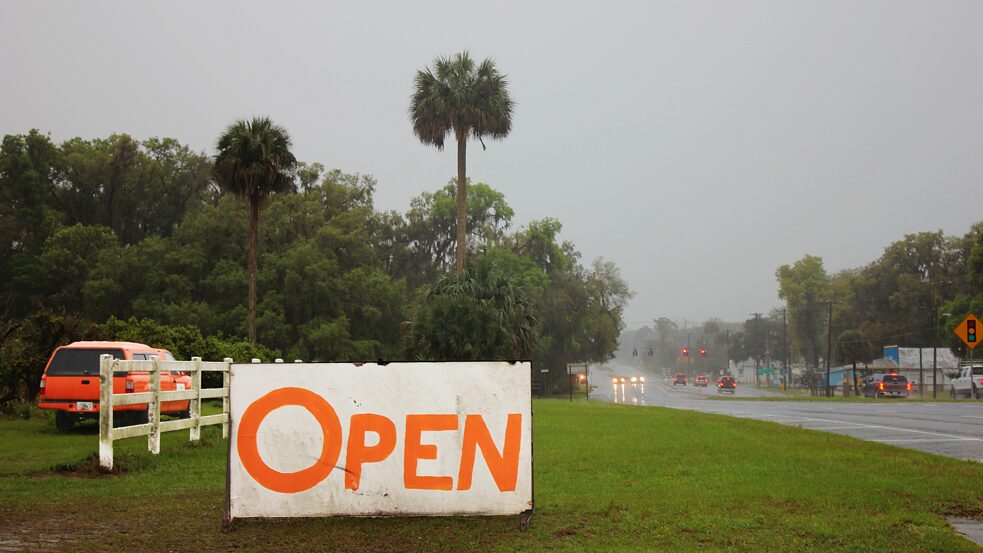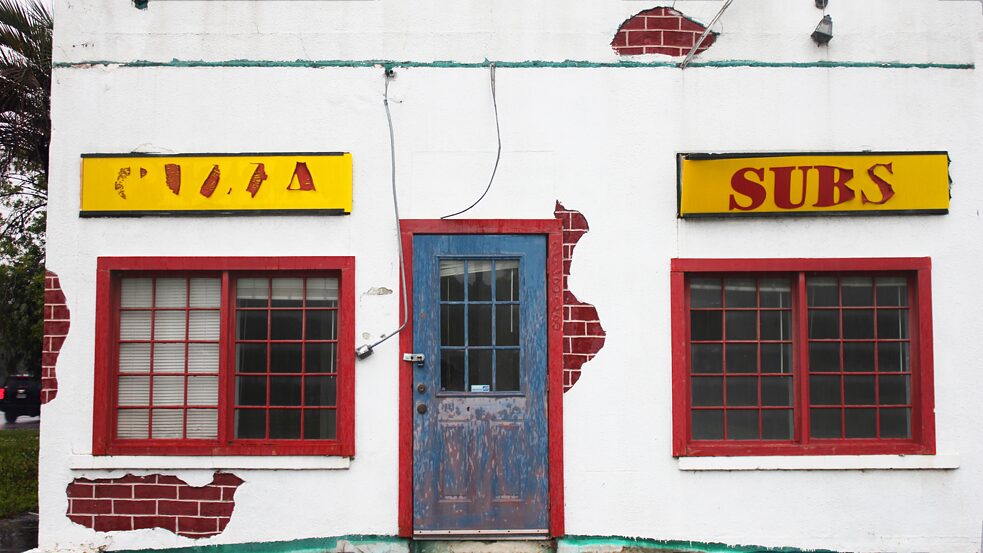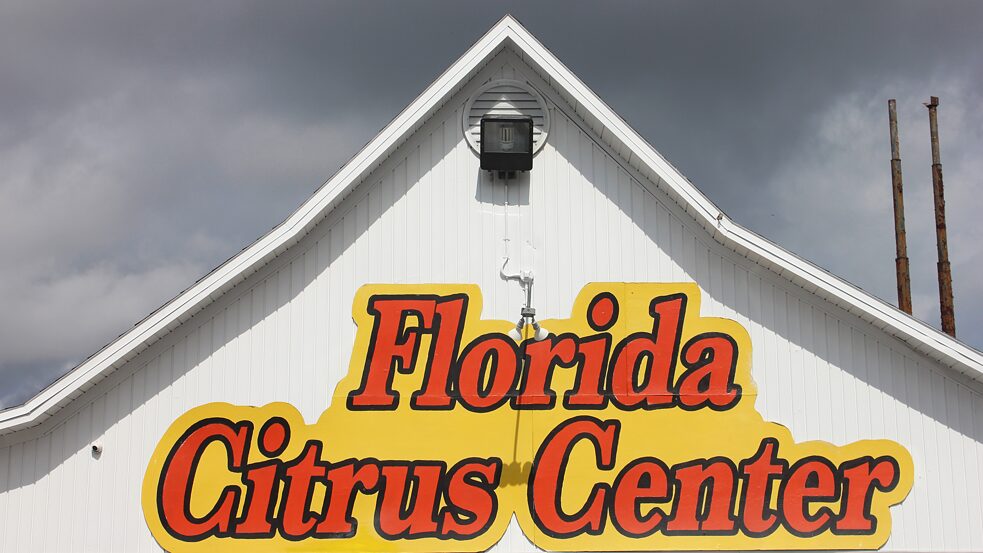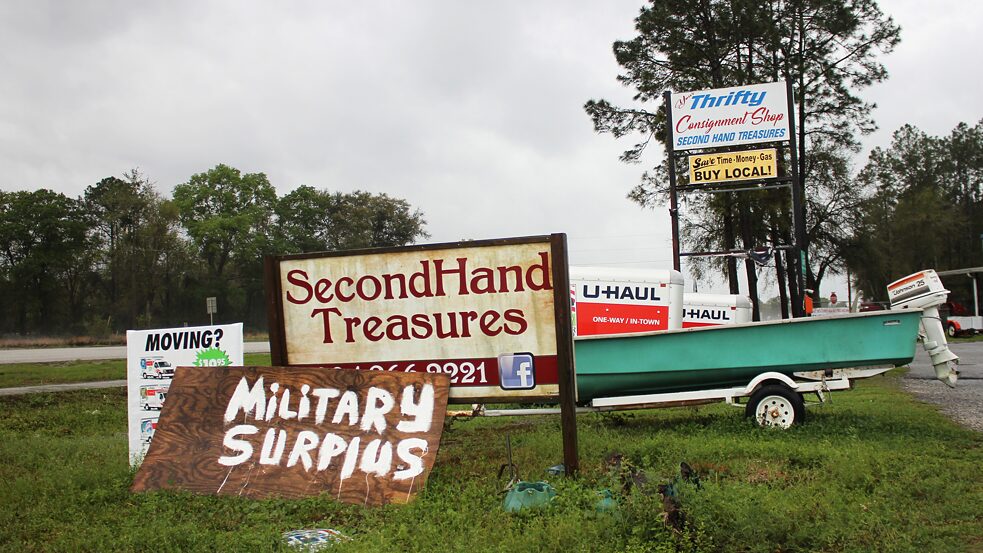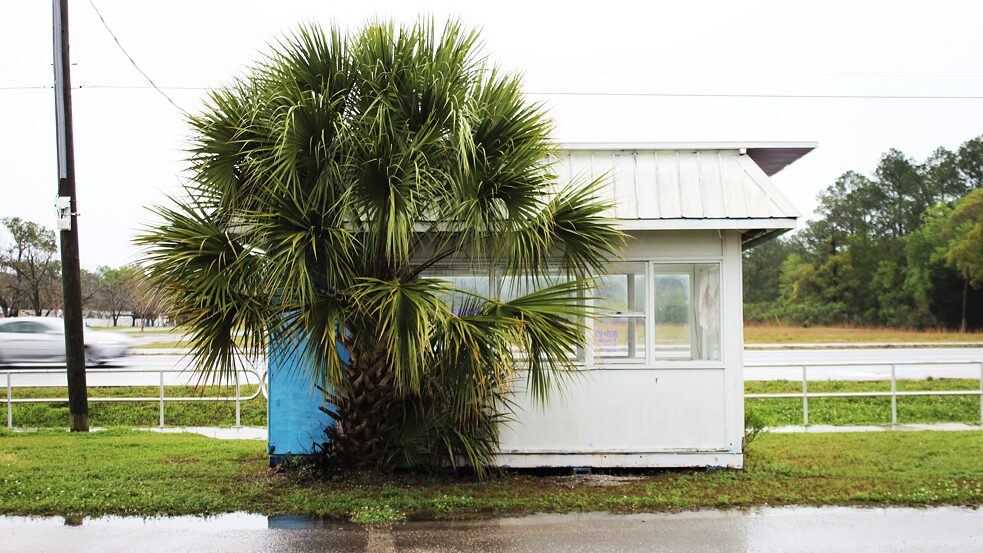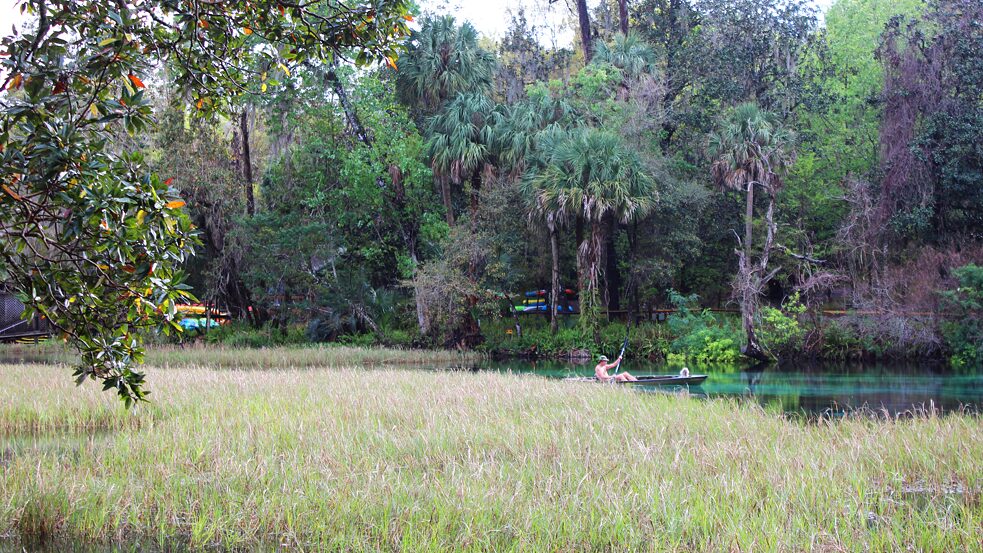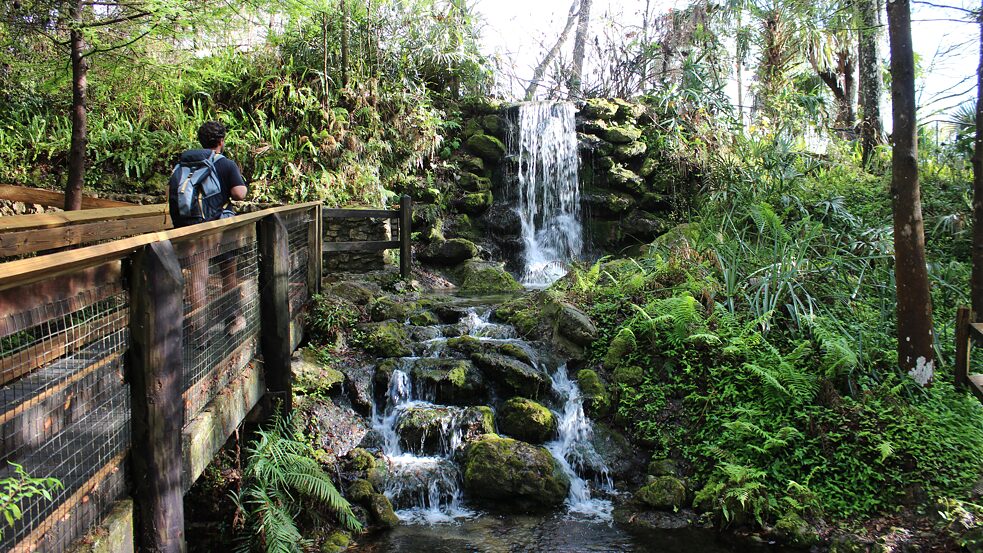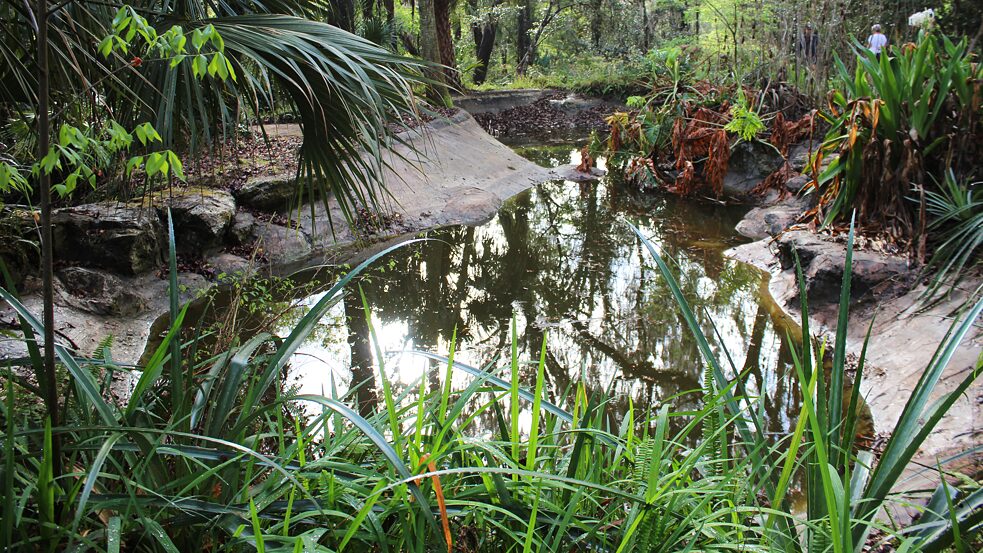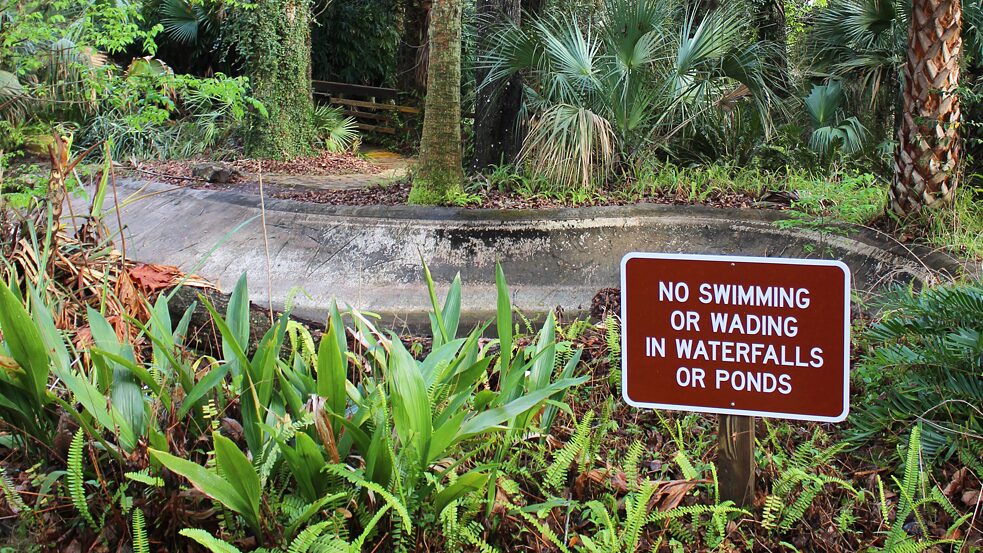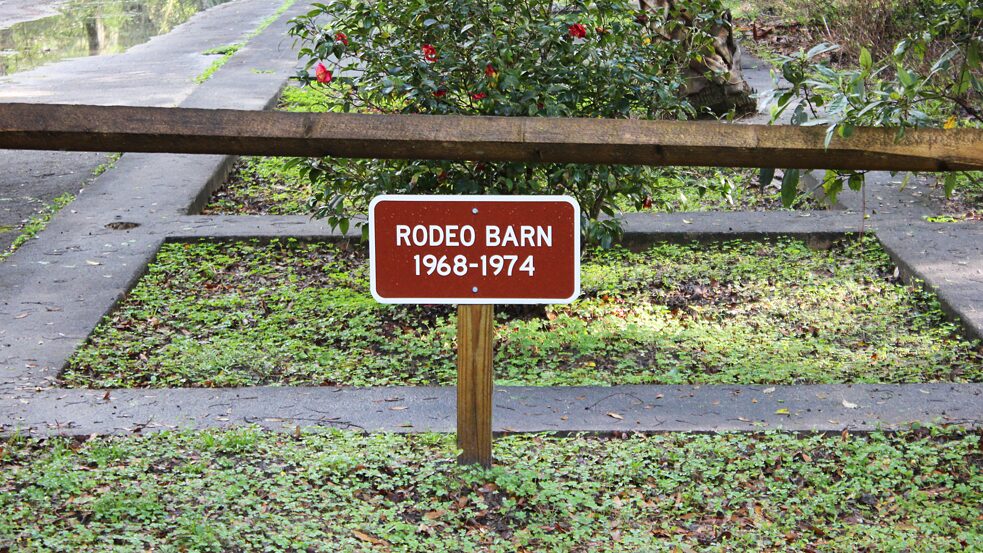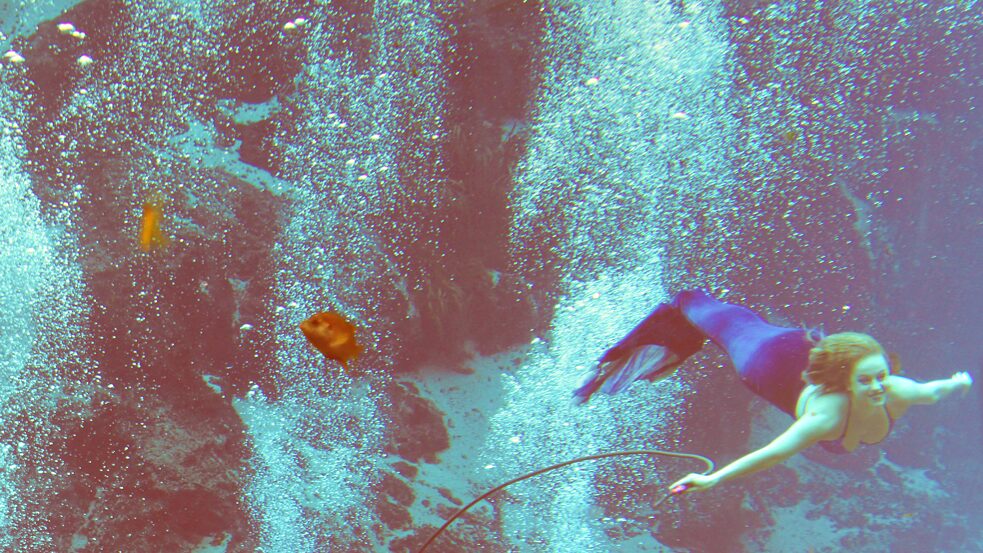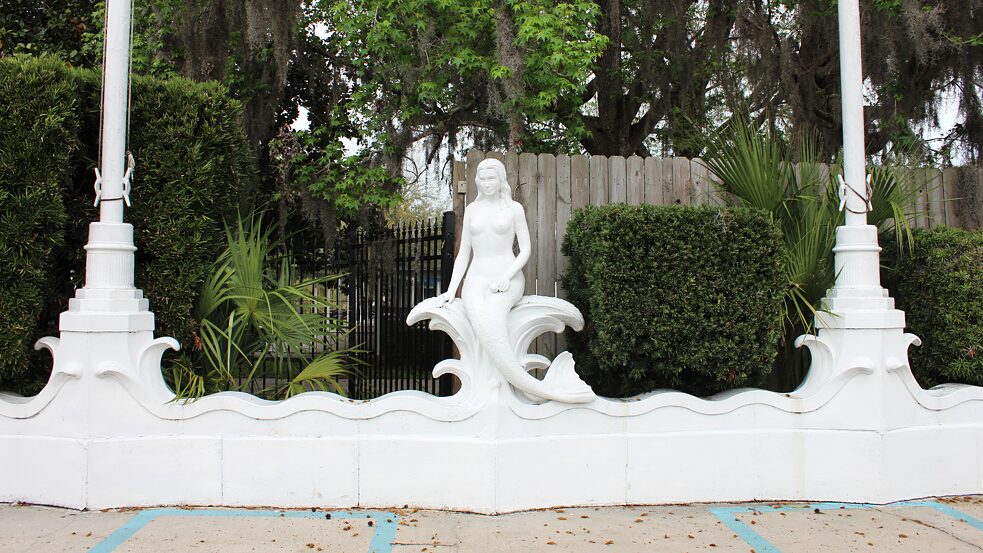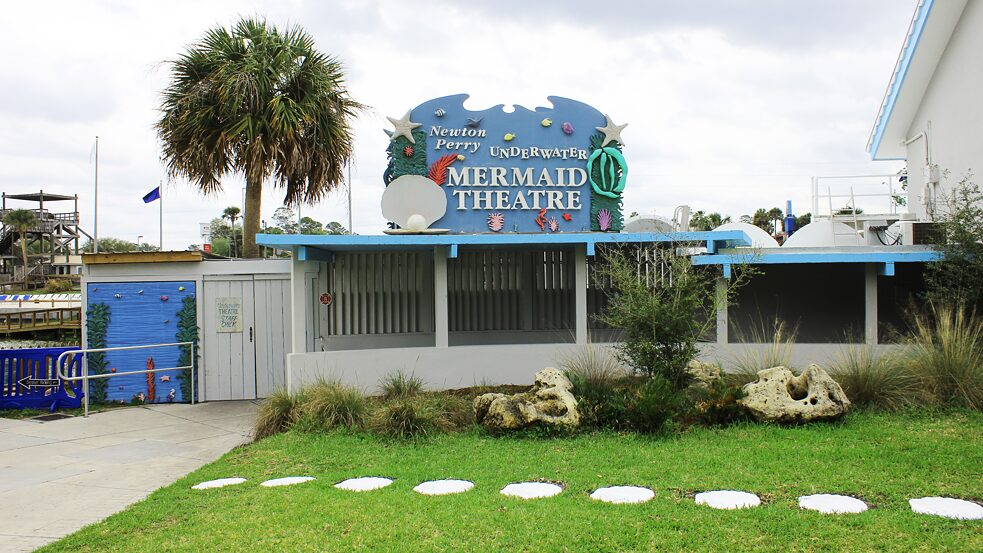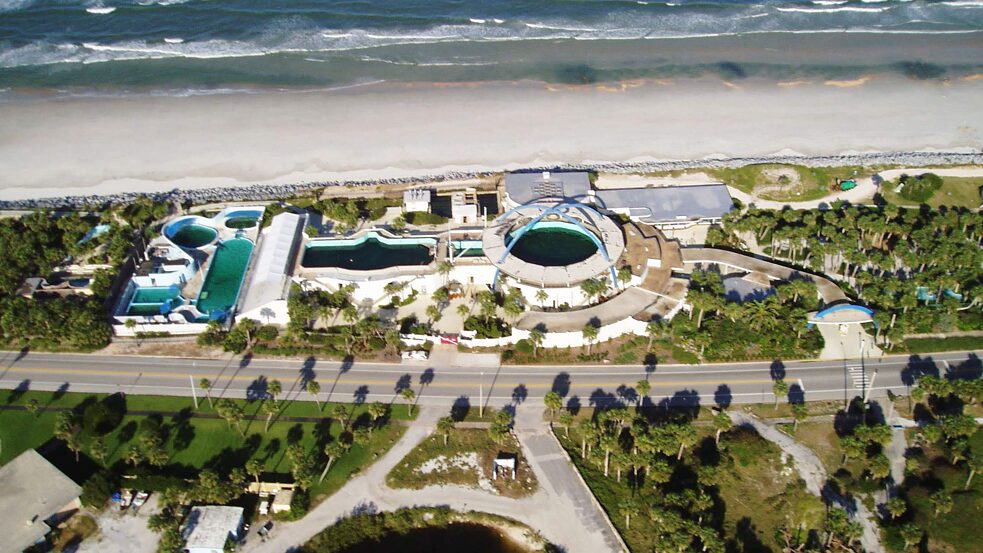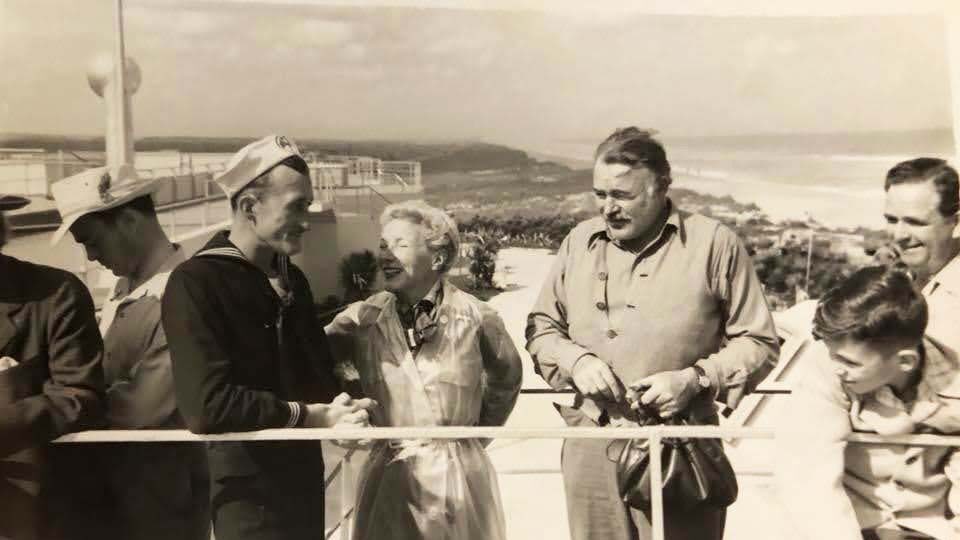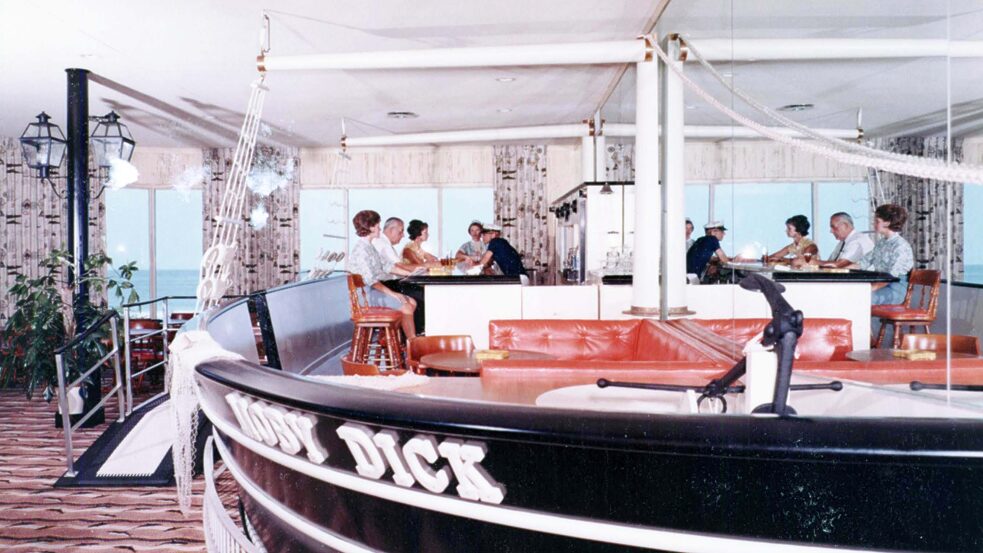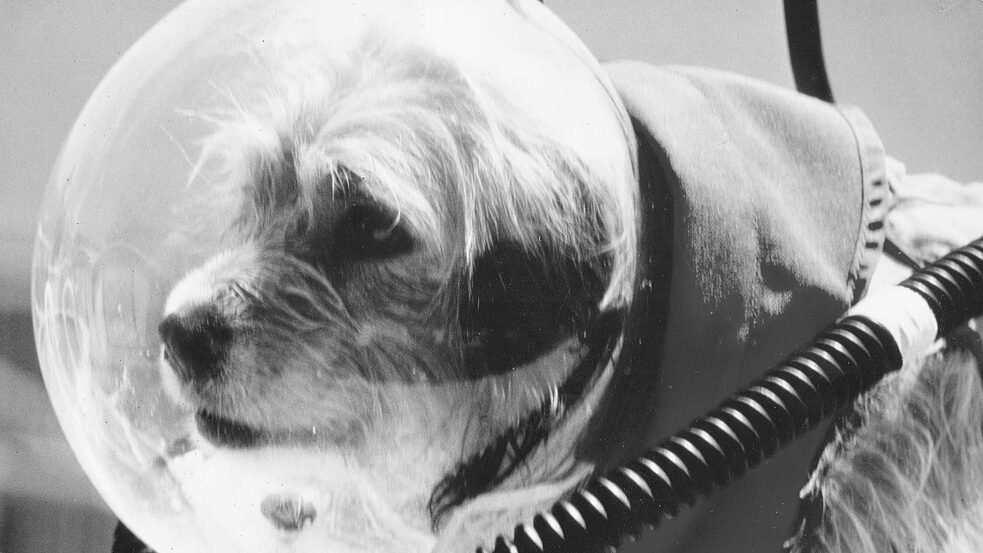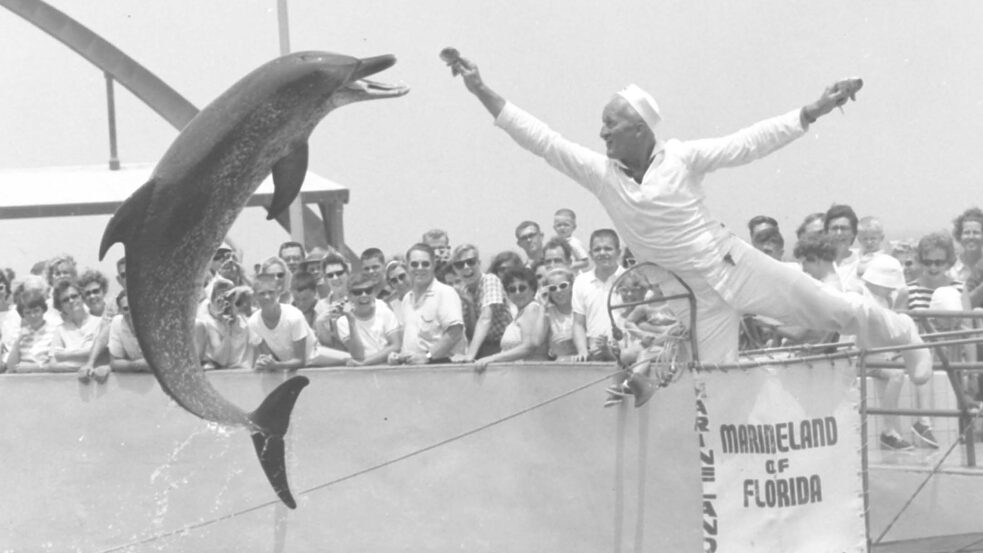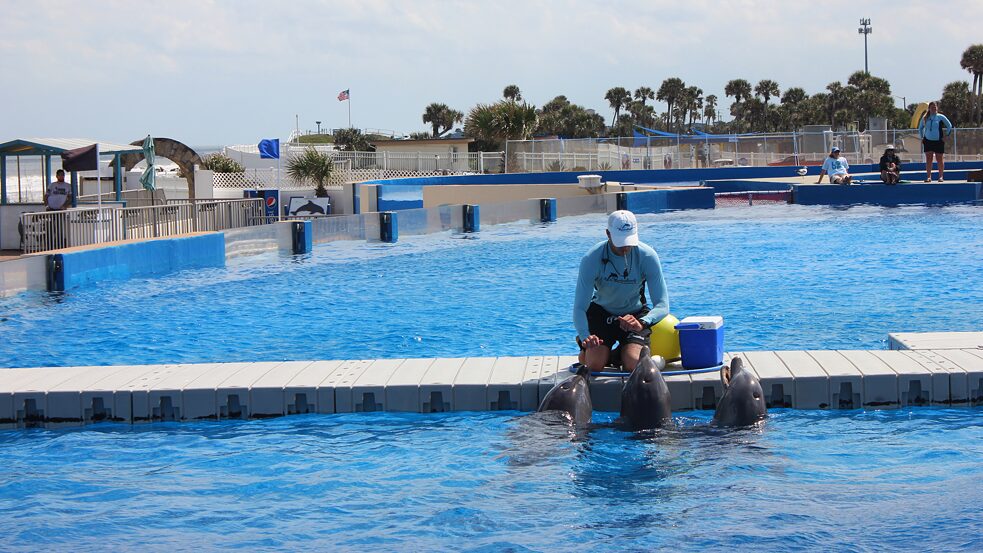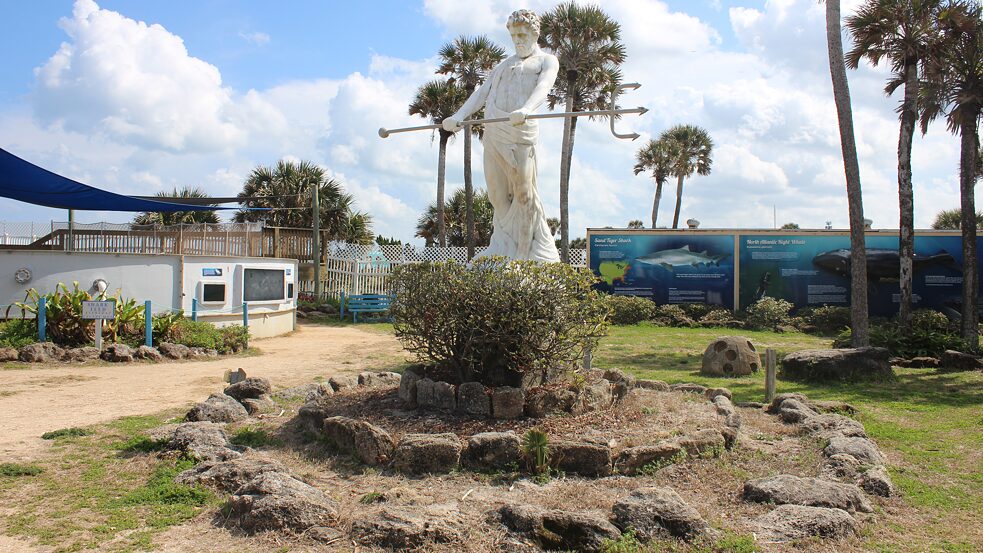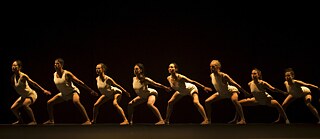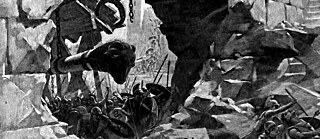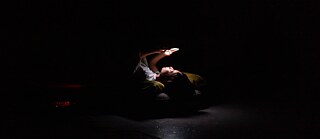When Tourism Comes to a Standstill
Florida’s Forgotten Theme Parks
Growing up in Florida has shaped me profoundly. Living in Washington, D.C., far removed from the exotic animals and tropical storms of my homeland, I often encounter cultural barriers. Nowadays, I mostly hear gibes about my home state: barbs at Florida Man and open contempt for the state’s politics. Rarely are the depths of this bizarre place, buried beneath its shiny touristic exterior, exposed to outsiders.
So, let me take you on a journey to a land where time stands still, a land dominated by swamplands and orange groves. This is a story about overlooked artifacts from Old Florida, from a time before the sprawling Orlando theme parks and multilane highways.
Rex the Beach Boulevard Dinosaur
Once upon a time, a menagerie of towering concrete animals ruled the putting green of a Jacksonville establishment called Goony Golf. In stereotypical mini-golf fashion, the magnificent beasts served as obstacles, distracting players with their gaudy charm and obstructing the path to each of the 18 holes. The biggest boss on the course was Rex, a 20-foot, orange concrete T. rex, who swung his bone from side to side to block balls from entering the coveted finishing hole.
Three generations of my family visited Goony Golf before it went bankrupt in the late ’90s, each of them dodging Rex’s bone as they aimed for a hole in one. Listed on Google as a “historical landmark in Jacksonville, Florida,” Rex the Beach Boulevard Dinosaur has become something of a mascot to Jacksonvillians. After Goony Golf closed its doors, a real estate company purchased the property, triggering a local movement to defend the dinosaur at all costs during the transfer of ownership. The townspeople protested Rex’s demolition, miraculously sparing him from a macabre fate at the hands of bulldozers and wrecking balls. Construction students at the University of North Florida restored the sculpture, and the local newspaper enlisted the help of the community to find a suitable name for the beloved orange monster. So although Goony Golf no longer exists, Rex still stands guard over his kingdom — presently a generic strip mall on Beach Boulevard — where he serves as a reminder of an almost forgotten, whimsical Old Florida.Family Folklore
In 1958, a young married couple from Johnson City, Tennessee, moved south to Florida. The husband and wife, my grandparents, bounced between cities with my grandfather’s job before ultimately settling with their two small children in Jacksonville, a city just below the Georgia border on Florida’s Atlantic Coast. Back then, Jacksonville was a fraction of what it is today: a mid-sized city of 200,000 inhabitants spread across 841 square miles. Beige, brown, and white ranch-style homes occupied quarter-acre lots in the middle-class neighborhood, where the couple bought a cement block house. Next door stood a vast cow pasture, where my uncle wrangled and rode unsuspecting cows in his free time. Though the town was far from a metropolis, my grandmother, who grew up in rural Tennessee, was overwhelmed by Jacksonville’s countless bridges and convoluted one-way streets.
The city became the little family’s new home, and Florida the setting for their work, school, and vacations. Air travel was still expensive and inaccessible for many in those days, so most families planned excursions within driving distance. Prior to Walt Disney World, which officially opened in 1971, there was nothing much to see in Orlando but orange groves, so tourists visited more modest destinations instead. For my mother’s family, this meant discovering new corners of the Sunshine State while making frequent pit stops at roadside stands for boiled peanuts (my grandfather’s favorite). Horse ranches, cattle farms, and dilapidated shacks marked the transition from Jacksonville’s city limits into small-town, inland Florida. Reminiscing about childhood road trips, my mother remembers long drives on small state roads lined with gaudy billboards. In those days, signs advertised whacky sights and baby alligators — which travelers could purchase up until the 1960s.Growing up, my brothers and I also spent hours on these roads. U.S. 301, S.R. A1A, S.R. 40, S.R. 24 ... Surely, the towns along these routes have changed since the 1950s, but you would never know it by driving through them. Everything seemed to slow down as we approached a new town, even the speed limit dropped. Sporadic clusters of single-story buildings made up the downtowns of these tiny municipalities, invariably consisting exclusively of fast-food chains and mom-and-pop antique shops. Pedestrians were far and few between, giving the impression that the entire population was out to lunch, regardless of the time of day. Between towns were more farms, interspersed by never-ending pine forests whose neatly planted rows blurred together, dizzying me as we passed them. Every so often, we came across a patch of badly weathered woods, remnants from the hurricanes and wildfires of years’ past.
A Return to Nature
Deep within a thick swampy Florida forest, there once was a network of sparkling turquoise waters, aptly named “Blue Spring.” The artesian spring formation breathed life into the area now known as Dunnellon, supplying indigenous peoples and animals with a pristine water source for millennia. Just one of nearly 900 springs in the water-rich country, Blue Springs was beautiful — but there was nothing unusual about it. That is, until it was bought up by developers in the 1930s. The new owners transformed the idyllic oasis into a lively theme park and rebranded it as “Rainbow Springs.” They brought in a succession of amenities and attractions, each more lavish than the last: manmade waterfalls, ornamental gardens, a gift shop, a lodge, signature glass-bottom boats, leaf-shaped monorails, an aviary, a zoo, and even a rodeo.The future seemed bright for Rainbow Springs, but appearances can be deceiving. By 1974, the once burgeoning amusement park had closed completely, a casualty of incompetent management, a recently expanded highway system, and newly affordable air travel, which brought faraway destinations within reach. So, travel to Dunnellon came to a dead stop. After a blip of commercialization in its 10,000-year history, this serene watering hole promptly returned to its intended state of stillness.
In search of the rumored ruins of Rainbow Springs, I set out on a voyage through Central Florida by way of U.S. 301. On winding country roads where passing is prohibited, the scenery alternated between Holstein cows and slash pines. Entering the park, I was immediately confronted by an impossible mixture of stagnation and movement. Algae covered pools of still water. Fallen trees sprouted fungi. Many of the manmade waterfalls had apparently forgotten how to flow. Animal enclosures from the zoo were abandoned and overgrown, their fences collapsing under the weight of the wild vegetation. Yet just out of view, the sapphire-blue springs bubbled, quietly passing through the lush forest.
Real Live Mermaids
48 miles south of Rainbow Springs lies another magical village: Spring Hill, home of Weeki Wachee Springs. The natural scenery is equally impressive, but it is not the main attraction. Instead, the visitors come for the mermaids. Shortly after World War II, Newton Perry, a veteran who trained as a tactical scuba diver, relocated to Weeki Wachee with a far-fetched dream: to launch an underwater ballet. He carved out a stage in the spring’s limestone, cast real-life women to play mythical sea-maidens, and trained his enchantresses to breathe through hoses. Perry erected roadside signs advertising his revolutionary aquatic theater, but there was one small problem: In 1946, alligators and black bears outnumbered the villagers in the area. So to fill seats, the sirens had to venture onto land and lure unwitting truckers back to their underwater lair. By 1959, the mermaids could abandon this practice, having attained adequate celebrity status to draw crowds and fulfill their destiny as starlets of the sea.Traversing small, suburban towns on nameless highways, I made my way to Spring Hill. Here, the mermaids reign over a scaled-down Disney World of sorts with a disproportionately massive parking lot and a maze of stanchions leading to a single operating ticket booth. Once through the gates, I was surprised at just how small their kingdom was. Nevertheless, townspeople materialized out of thin air to queue for the main attraction: a cheery adaptation of Hans Christian Andersen’s “The Little Mermaid.” Inside, the audience sat in anticipation as the curtains rose to reveal mermaids floating in an enormous aquarium, complete with flowing tails and triangle tops, long hair suspended wildly in the water. In a performance plucked from some other universe full of fairy-tale creatures and musical numbers, the sea-maidens lip-synced and twirled underwater, inhaling periodically from an endless hose.
Alas, nothing lasts forever. One day, as suddenly as the crowds arrived, they began to dwindle. The mermaids still perform twice daily, a nostalgic snapshot of Old Florida that somehow persists today, but with only a hint of the splendor.
Marineland of Florida
On the Atlantic Coast of Florida, just south of St. Augustine, exists a utopic little eco-paradise called Marineland. In its heyday, Marineland was home to a full-blown vacation empire: an aquatic park that spanned both sides of the highway, made up of multiple restaurants and bars, a 3D movie theater, campgrounds, hotels, a stadium for dolphin shows, and, most importantly, two world-famous “oceanariums” — three-story, windowed replicas of an ocean habitat used by early filmmakers before the advent of underwater cameras. And just within the walls of the oceanside fortress, tall tales brewed — only the tall tales were almost always fact and not fiction, like the park’s top-secret program to train the very first dolphins. Over the years, the beachfront retreat welcomed many worthy heroes and heroines. The likes of Benji, the noble wolf, and Clint Eastwood, the Hollywood prince, made the pilgrimage to the wondrous inlet. Even the scholarly drunk Ernest Hemingway made the journey, if only to patronize the resort’s Moby Dick Lounge — a bar and imitation ship, complete with a switch that made the floors rock to and fro.An Expedition to Komodo
The royals of Marineland — the three kings and founders: W. Douglas Burden, Cornelius Vanderbilt Whitney, and Ilya Tolstoy — all came from backgrounds of unimaginable grandeur, but most spectacular of all was W. Douglas Burden. In school, Burden was fascinated by science, especially animals. In one of his courses, he listened, mouth agape, as his professor recounted myths of a dragon that dwells on the island of Komodo in Indonesia. Burden became obsessed, resolving to come face to face with the beast himself. Ergo, he assembled a crew and led an expedition to Komodo. As it turns out, the professor’s outrageous claims were all true: a lizard larger than any other in the world inhabits Komodo. And over the duration of Burden’s self-funded research trip, he tracked the enormous monitors through the humid jungle, even collecting specimen, which he delivered to the Bronx Zoo. After sailing back to the realm from whence he came, Burden related his adventures in the Indonesian wilderness to his friend, Marion Cooper — who went on to produce King Kong.“They Love Us!”
Marineland’s beginnings are as grandiose as those of its rulers. On June 23, 1938, Marineland opened its gates to the public. Fearing that the facilities would disappoint, the three founders hid out and waited for the festivities to pass. Meanwhile, 30,000 visitors hailing from lands far and wide flocked to the gates, clamoring for a glimpse of the park’s marine life. Only 20,000 actually made it inside, though. The other 10,000 sat in a historically bad traffic jam, just out of reach of the village celebration. As King Burden cowered in his quarters, a ticket agent burst through the door, emptied a sack of riches on the desk, and proclaimed, “They love us!”
And for many days and nights, the park welcomed droves of tourists from around the country. But as the world around Marineland changed, the park was forced to adapt. The dolphin shows came to a halt, and I-95 usurped A1A as the largest north-south road in the state, bringing traffic in the area to a halt as well. In response, the park’s focus shifted from entertainment to research. Finally, when a series of hurricanes damaged the facilities in the early 2000s, Marineland reached a crossroads: to repair the damage or to build something entirely new. So, the edifices of legend gave way to more modern structures, leaving only a few sparse traces of the park’s extravagant past: a marble statue of Neptune, a gift shop built in the 1940s, an age-old stone carving in the entryway ... In 2006, the new facilities opened, but the history remained.
An Ode to Old Florida
In a land dominated by vacation destinations, you will find artifacts of a lesser-known tourism industry that has been misplaced in time. These are relics of Goony Golf and Rainbow Springs — but more broadly, of a class of Old Florida institutions that have nearly gone extinct. The foliage is prehistoric, the performances are outdated, and many of the amenities have been destroyed or abandoned ... But just below the motionless surface of these forgotten parks, flows a powerful current of stories. Underneath the Spanish moss and ancient oaks, Old Florida thrives — living on happily ever after.


